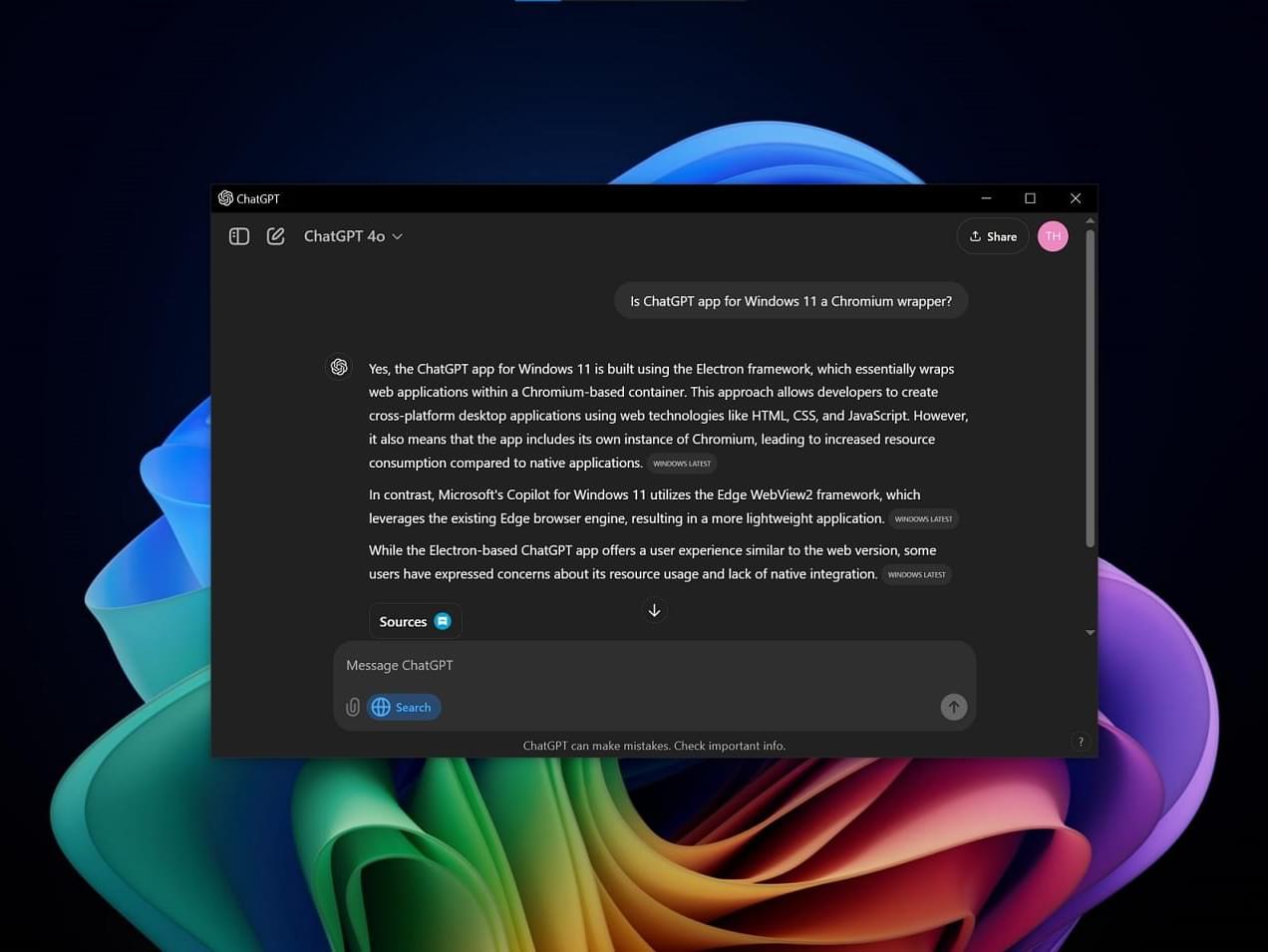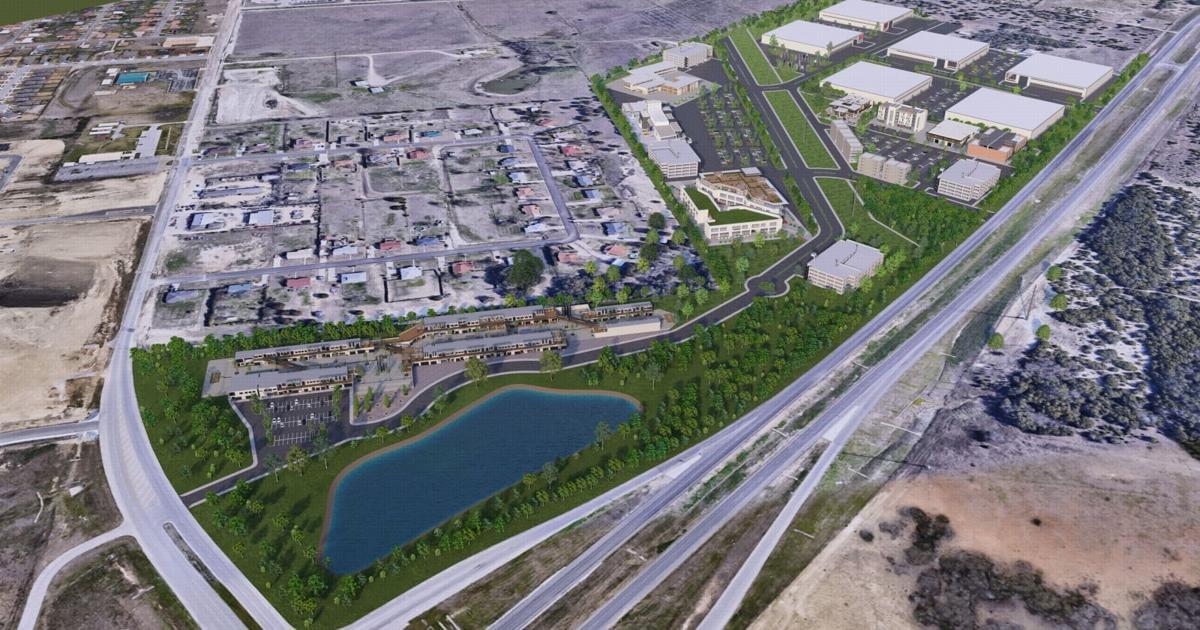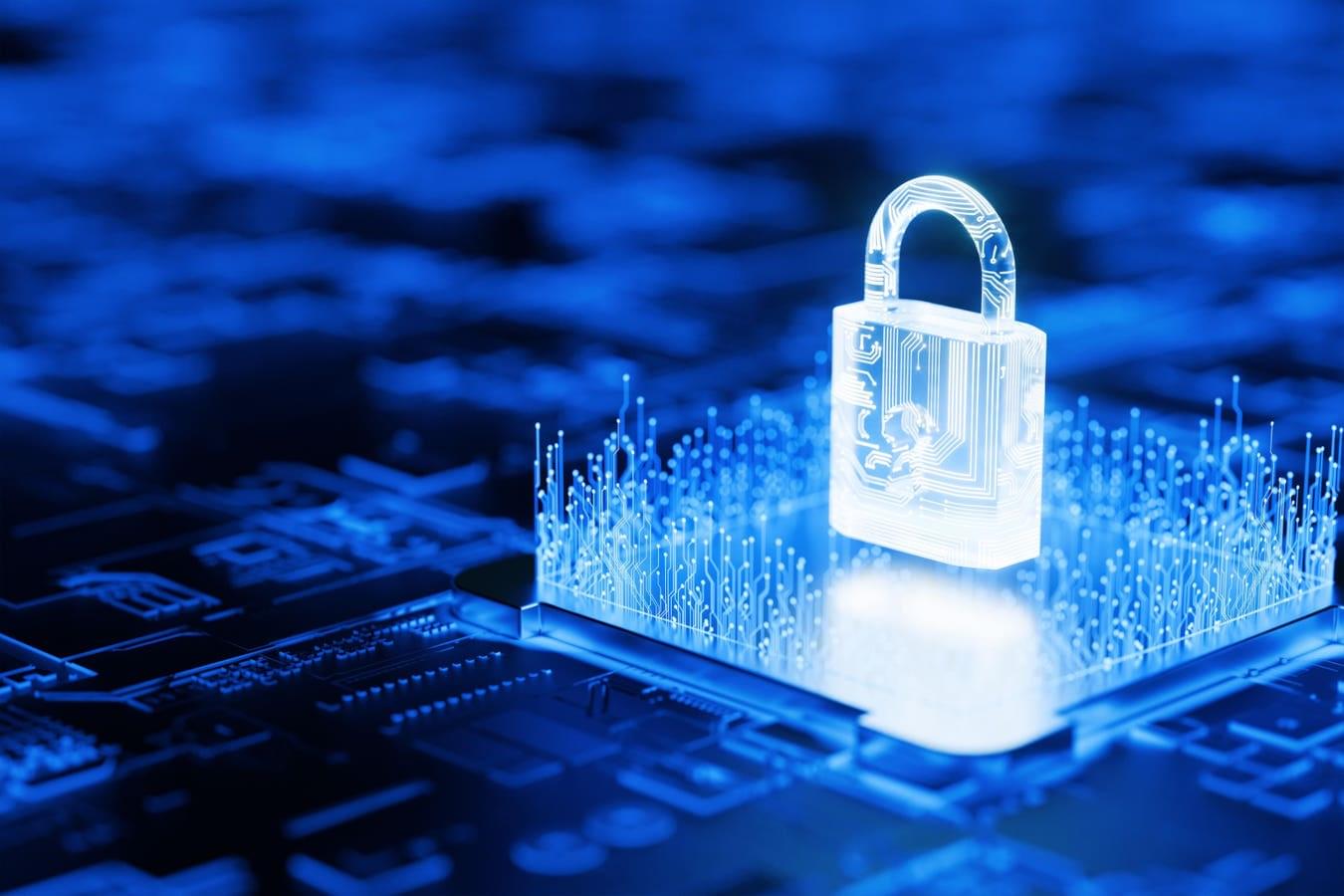Bruce Burke interviews Integronn AI founder, Alex Smith. From idea to fully operational business in less than 24 hours. AI-powered. Human-guided. Lightning fast.



GPT-5 could begin rolling out in the next few days, if everything goes to plan. There are enough evidences to confirm that Microsoft is preparing Copilot (its consumer-facing AI assistant), Microsoft 365 (primarily tailored for businesses and work), and Azure (enterprises/API customers) for GPT-5.
GPT-5, also referred to as GPT-5 alpha in early leaked benchmarks, is OpenAI’s next SOTA (State of the Art) model, and it has the potential to disrupt the AI industry again.
One source describes GPT-5 as phenomenal in coding, and it doesn’t look like it will be rolled out to just paid consumers, as even those without a subscription will be able to access it.
Basically there are three meteorites in our solar system that may pass by earth but most likely far away from the earth. Even though this news site says it may hit earth I am not quite certain it will.
Asteroid 2025 OW, the size of a skyscraper, is tearing through space next week—and it’s coming perilously close to Earth. NASA says no impact risk this time, but astronomers are sounding the alarm: these cosmic flybys are more frequent and more dangerous than you think. See why we dodged disaster and what happens if luck runs out.
#asteroid #earth #wion.
About Channel:
WION The World is One News examines global issues with in-depth analysis. We provide much more than the news of the day. Our aim is to empower people to explore their world. With our Global headquarters in New Delhi, we bring you news on the hour, by the hour. We deliver information that is not biased. We are journalists who are neutral to the core and non-partisan when it comes to world politics. People are tired of biased reportage and we stand for a globalized united world. So for us, the World is truly One.

The establishment of a new business park in Killeen is underway.
Wolf Technology Park is set to inhabit 94-acres of real estate located on Texas Highway 195 in south Killeen.
“Wolf Technology Park is a cornerstone of our strategy to attract next-generation employers to Killeen,” Tyler Robert, vice president of the Killeen Economic Development Corporation, said. “With infrastructure investments already in place and sites ready for development, the park is well-positioned to support advanced manufacturing, federal services, health and life sciences, research and development, cybersecurity and semiconductor-related industries.”
Questions to inspire discussion.
🛻 Q: How did the Cybertruck perform in safety tests? A: The Cybertruck received a 5-star rating from NITSA, achieving the lowest overall probability of injury and lowest chance of rollover ever for a tested pickup truck.
🤖 Q: What role do humanoid robots play in Tesla’s future valuation? A: Tesla’s humanoid robots at massive scale are considered a key factor in reaching a potential $20 trillion valuation, according to Elon Musk’s modeled scenarios.
Expansion of Autonomous Services.
🚕 Q: What are Tesla’s plans for robotaxi service in San Francisco? A: Tesla plans to launch a robotaxi service in San Francisco this weekend, with drivers in the driver’s seat to collect data for regulatory approval.
📊 Q: How quickly is Tesla expanding its robotaxi service in Austin? A: Tesla’s autonomous vehicles have collected thousands of intervention-free drives in Austin, with robotaxis expanding their service area in less than 3 weeks after launch.
Questions to inspire discussion.
⚡ Q: What advantages does XAI’s proprietary cluster offer? A: XAI’s proprietary clusters, designed specifically for training, are uncatchable by competitors as they can’t be bought with money, creating an unbreachable moat in AI development.
Tesla’s Autonomy and Robotaxis.
🚗 Q: When is Tesla expected to launch unsupervised FSD? A: Tesla is expected to launch unsupervised FSD in the third quarter after polishing and testing, with version 14 potentially being unsupervised even if not allowed for public use.
🤖 Q: What is the significance of Tesla’s upcoming robotaxi launch? A: Tesla’s robotaxi launch is anticipated to be a historic moment, demonstrating that the complexity of autonomous driving technology has been overcome, allowing for leverage and scaling.
💰 Q: How might Tesla monetize its Autonomy feature? A: Tesla may charge monthly fees of $50-$100 for unsupervised use, including insurance, on top of personal insurance costs.

Now, with the introduction of AI systems trained on years of real-world data, many of those tasks can be automated at scale—in most cases, with greater speed and consistency than a human working alone. The business impact is immediate and measurable.
To use AI effectively in frontline defense, it must do more than process data. It has to understand how your organization assesses risk and learn to make decisions that protect both security and business continuity. We’re seeing that this is especially valuable for clients with high customer activity, where security teams are flooded with alerts that demand fast, accurate decisions to maintain service levels.
Tesla’s robo-taxi service has the potential to lead to a trillion-dollar valuation due to its scalable, low-cost AI approach, and could generate trillions of dollars in profit, significantly outpacing competitors.
Questions to inspire discussion.
Tesla’s Robo Taxi Business Model.
🚗 Q: What potential profit could Tesla’s robo taxi model generate per vehicle? A: Tesla’s robo taxi model could generate $150,000 in profit per year from each vehicle if charging prices similar to Uber.
Questions to inspire discussion.
🤝 Q: What are the potential issues with the Uber-Lucid-Neuro robotaxi partnership? A: The partnership is a “cluster f waiting to happen” due to independent entities involved, which typically end in a “messy divorce”, making it potentially uncompetitive against fully integrated solutions like Tesla’s.
🗺️ Q: How does Tesla’s robotaxi service area expansion compare to Waymo’s? A: Tesla expanded its service area in 22 days, while Waymo’s first service area expansion in Austin, Texas took 4 months and 13 days, demonstrating Tesla’s faster and more aggressive approach to expansion.
Business Viability.
💼 Q: What concerns exist about the Uber-Lucid-Neuro robotaxi partnership’s business case? A: While considered a “breakout moment” for autonomous vehicles, the business case and return on investment for the service remain unclear, according to former Ford CEO Mark Fields.
🏭 Q: What manufacturing advantage does Tesla have in the robotaxi market? A: Tesla’s fully vertically integrated approach and ability to mass-manufacture Cyber Cabs at a scale of tens of thousands per month gives it a significant cost-per-mile advantage over competitors using more expensive, non-specialized vehicles. ## Key Insights.
